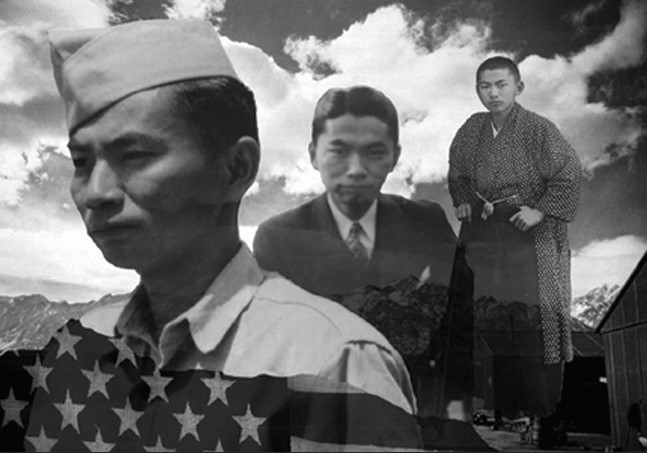CURATOR Roma Potiki ARTISTS Lubaina Himid, Michi Itami, Robyn Kahukiwa, Lily Aitui Laita, Jean LaMarr, Debra Priestly, Maud Sulter, Judy Watson
Curated by poet Roma Potiki (Te Rarawa, Te Aupōuri, Ngāi Rangitihi), Memory Walking explores how a sense of cultural identity affects one's perceptions of the world. The show takes its name from Māori culture where older women are often referred to as a tribe's ‘memory’—preserving its history, genealogy, and learning for the next generation.
Potiki says: ‘I wanted a title that would encapsulate eight different people’s work … The works are connected to memories of ancestry, being, belonging—and how does one construct an identity in a world that is very different from the one our parents and grandparents grew up in.’
Robyn Kahukiwa (Ngāti Porou, Te Aitanga-a-Hauiti, Ngāti Konohi, Te Whānau-a-Ruataupare) is an instigator of the project, seeking to bring together artists she has previously exhibited with. Through participating in Columbus Drowning, at England’s Rochdale Art Gallery in 1992, she fostered connections with Lubaina Himid and Maud Sulter (British artists of African descent).
Kahuwkiwa's imposing works Ngā Tīpuna Ki Mua, Ko Tatou Kei Muri/The Ancestors are in Front, We are Behind (1996) and Taniwha Wounded But Not Dead (1990) speak to history and destiny with a fiery spirit, asserting mana wahine.
Himid’s Architects/Models/Plans (1997) is a frieze of nine fluorescent acrylic paintings. It depicts women architects formulating building plans around small models. Her accompanying text explains: ‘What shape is the woman’s space/Is the space high rise/Are the walls curved/Is the garden important/Is the exterior painted/How important is the light …’
In her photo series, Noir et Blanc I-V and Hélas L’Héroine, Maud Sulter superimposes African fertility idols onto idyllic (but often lopsided) postcard landscapes. It’s a homage to their endurance as cultural icons, despite being stolen, relocated, and overlooked by the West.
Michi Itami a Japanese-American artist. Her computer-generated lithographs collage family photographs, interrogating her Japanese heritage and sense of belonging to America.
A Native-American artist, Jean La Marr takes sacred sites and ceremonies as her subject. She uses humour to break down stereotypes of Native American life. In these particularly abstracted works she represents traditional quilting and weaving in acrylics, questioning their debasing by destructive new technologies.
Lily Laita Aitu is of Samoan and Ngāti Raukawa descent. In Incognegro (1997), the words ‘tuu i ai ni vai’ refer to adding of water to the ceremonious ava drink in Samoa, suggesting the ‘watering down’ of culture.
Debra Priestly an African/Native-American artist. She made Looking Memory Glass (1998) especially for the show. Glass mason jars hold precious stones, saltwater pearls, metals, and wood. She was inspired by the preservation of memory in Māori tradition, which ‘we keep alive through common rituals and objects’.
Judy Watson an Aboriginal-Australian artist who reveres the Australian land by simulating its colours and abstracting it. Niagara (1994) was made outside of Kalgoorlie in the red western desert. The artist incorporated its gravel into her pigment, while imitating the sweep of cliffs that surrounded her.
From women’s viewpoints, Memory Walking frames cultural difference and identity to reveal common values for history, relationships, and co-existence.
























































